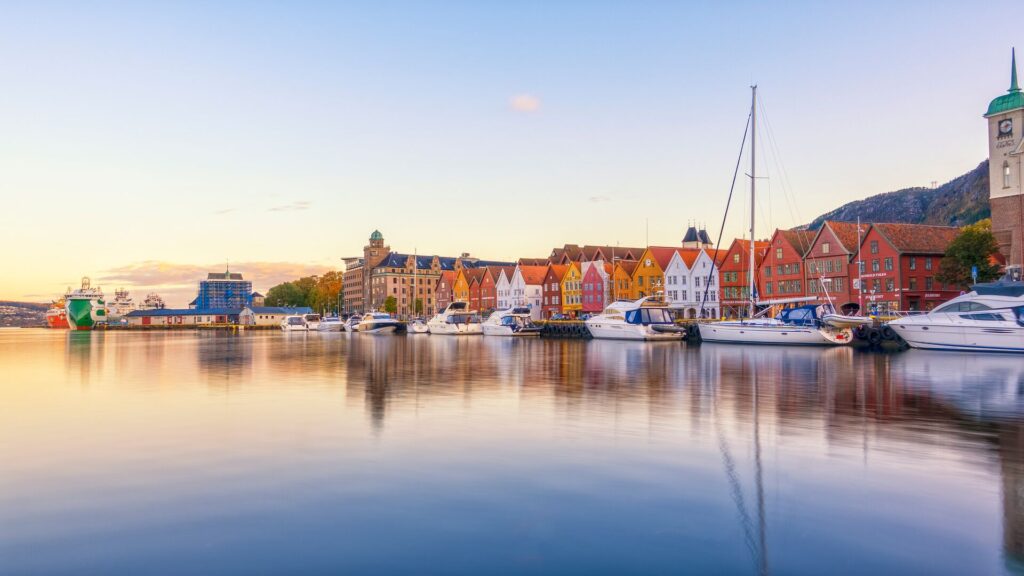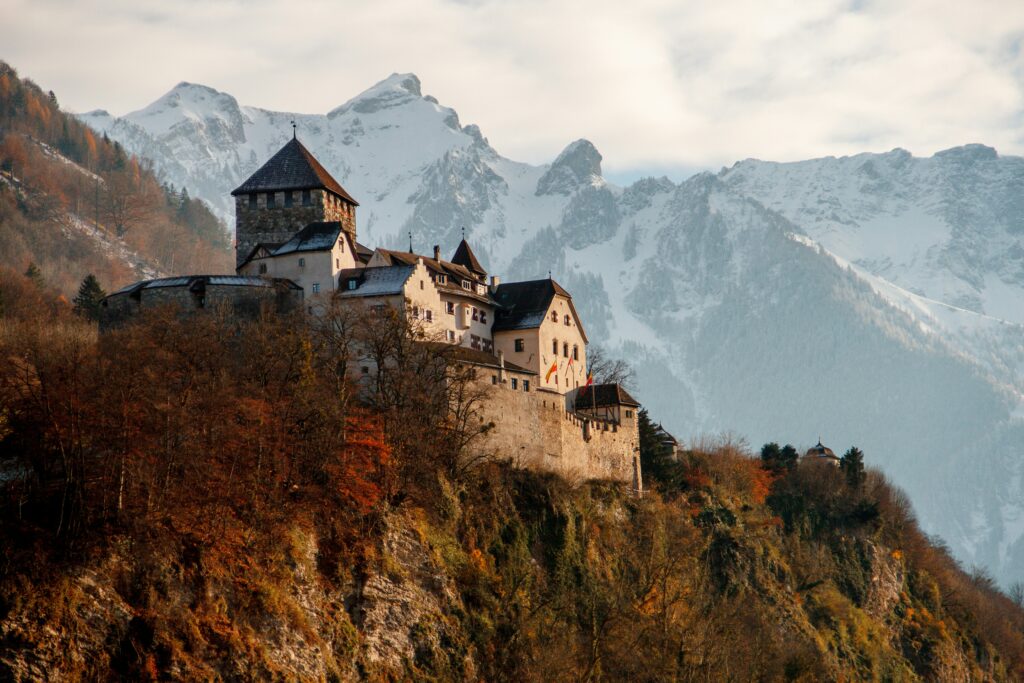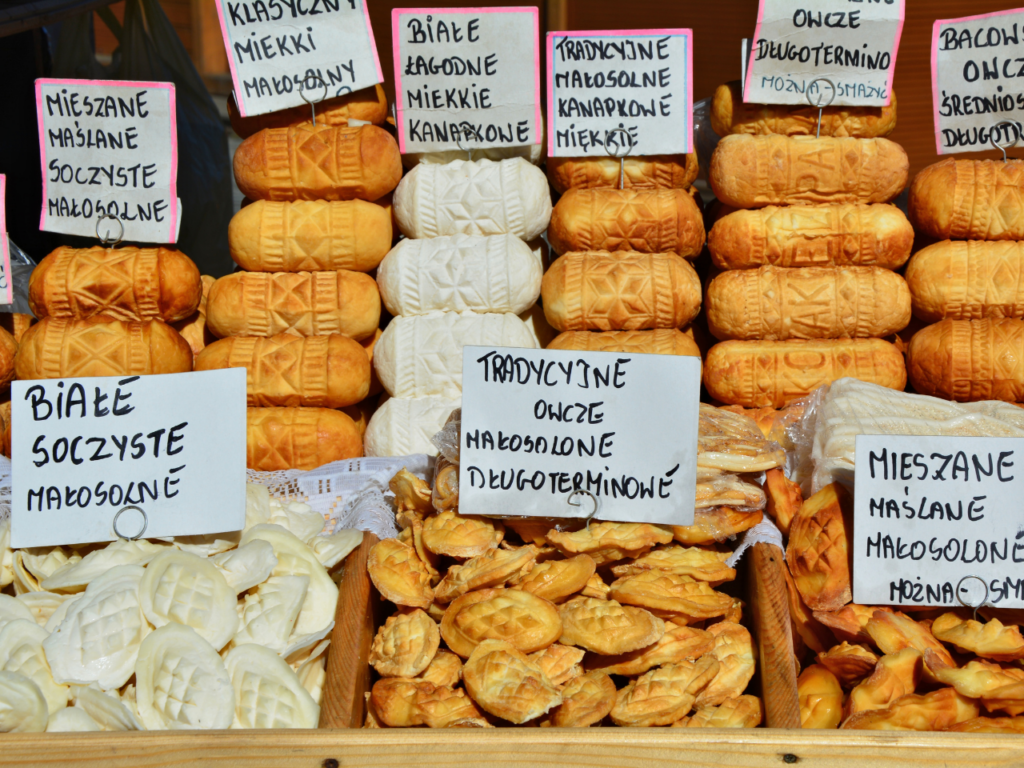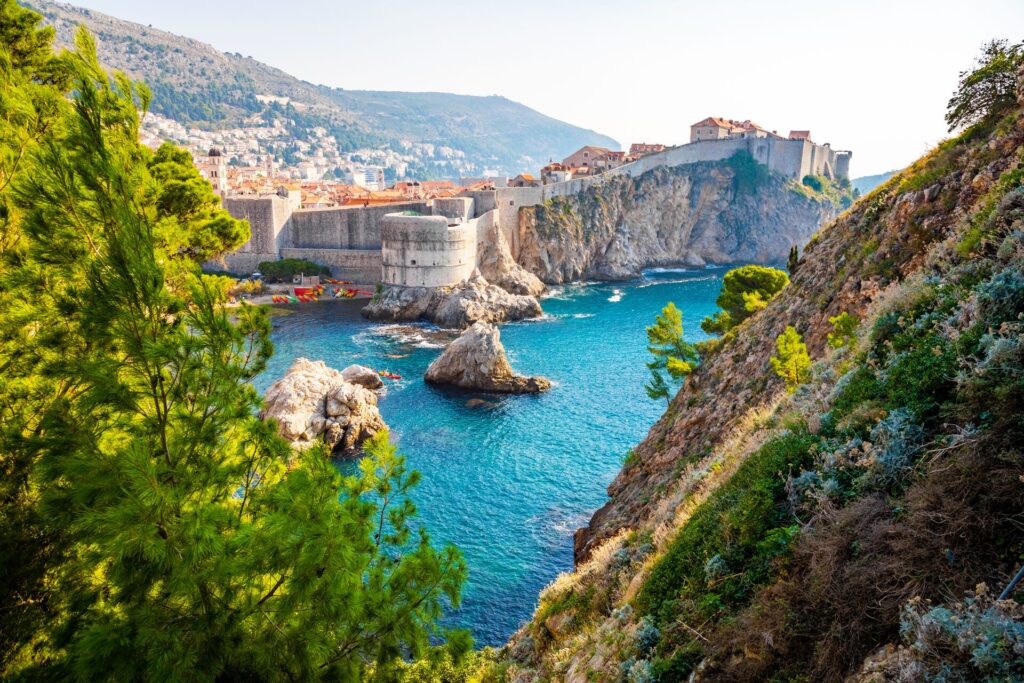Chocolate: that devilish, tempestuous delight which calls at you at the most inopportune times – for us, often in the middle of the night. For all its decadent allure, chocolate is not just a temptress, but also a friend – there for you when you’re in need, and at times of celebration. We love chocolate, so today is quite special for us. This World Chocolate Day, we’ve decided to look at the best countries known worldwide for their chocolate production.
We’re not the first to fall in love. Chocolate’s history traces back centuries to the Mayans, who are believed to have drunk chocolate drinks as early as 400BC. In Aztec society, cacao seeds were a currency and seen as gifts from the gods.
SWITZERLAND
In 1615, Maria Anna of Austria brought her favorite childhood drink, hot chocolate, from Madrid to Central Europe. The first mechanized chocolate factory was then built by François-Louis Cailler, and the brand ‘Cailler’ still stands today as the oldest Swiss chocolate manufacturer. Milk chocolate is Switzerland’s trademark innovation, which started in the late 19th Century when Daniel Peter mixed milk with chocolate in Vevey. Then Randolph Lindt (recognize the name?) pioneered further by creating the first-ever melting chocolate.
This rich history of revolutionizing chocolate production is how Switzerland’s confectionary gained its world renown. This World Chocolate Day, see our Magical Switzerland tour, where you’ll go to a Swiss Chalet in Zermatt to experience a truly indulgent chocolate fondue.
CROATIA
A dark horse in the race, Croatia is not a name one would expect when discussing the world’s best chocolate. However, while iconic olive groves and vineyards dot the Dalmatian coast, the country’s biggest export is in fact Croatian chocolate.
According to agricultural and food reports from 2018 and 2019 made by the Croatian Chamber of Commerce, Croatian cocoa products were at the top of export rankings, with corn, tobacco and fish following behind.
See how chocolate is a matter of national pride on the Venice & Croatian Coast tour for women only. In this MAKE TRAVEL MATTER® experience, you’ll explore Hvar and meet Fedtra Gramulin, who creates sustainable chocolate inspired by local products and her grandma’s recipe.
THE LATIN AMERICAS
A World Chocolate Day list wouldn’t be complete without a nod to the original home of chocolate, where the cacao tree is native and where it was first cultivated by ancient civilizations, turning it into a consumable treat.
Belize, the ‘Cradle of Chocolate’, is the modern ground where chocolate may have first originated, with the Mayan Civilization. It’s the country where 14 chocolate pots have been found, thought to have been used as ceramic teapots to make chocolate drinks over 2600 years ago.
In Ecuador, chocolate is a huge export. One brand, Pacari, has won stacks of gold, silver, and bronze awards at the revered International Chocolate Awards, dominating the event for consecutive years.
In the sprawling terrains of Colombia, one can find some of the planet’s finest chocolate. Indeed, 95% of the country’s cacao exports are classed as Fine Flavor by the International Cacao Organization. Chocolate’s importance in Colombia has been elevated in recent years due to becoming an alternative crop for farmers damaged by the eradication of coca agriculture.
BELGIUM
Much like Swiss chocolate, Belgium has a certain world-renown for having extremely high quality standards. Belgian chocolate follows a strict ruleset, regulated by law since 1884 – all Belgian chocolate products must have at least 35% pure cocoa, to make sure of optimal quality and to prevent the use of low-quality fats. There’s even a ban on any artificial, vegetable or palm oil-based fats in any products carrying a ‘Belgian Chocolate’ label.
There remains still a steadfast dedication to the old ways, to tradition. Much of the chocolate in Belgium is still manufactured by hand as an intense craft, with the resulting product emblematic of the country’s pride.
ITALY
Chocolate’s spread throughout Europe originated when the cocoa bean was discovered by colonizers in the Americas. It was then imported to Spain, and given to monks to act as gatekeepers and producers. Therefore, it was only in Spanish monasteries where one could find the treasured recipes and secrets behind chocolate-making. Then, in the 1600s, Italian traveler Antonio Carletti came across this strange, but delectable foreign treat during his Spanish travels. He promptly brought it back to Italy, and the rest is history.
It was then in Italy where the innovation of using hazelnuts was born, in the 1800s. Cocoa beans became harder and costlier to source, and so to stretch out the use of the bean hazelnuts were mixed in. They were abundant in Italy and helped savor more of the cocoa. Italian company Caffarel became the first to invent cocoa-hazelnut creations: bite-sized treats in the shape of little hats called giandujotto.



